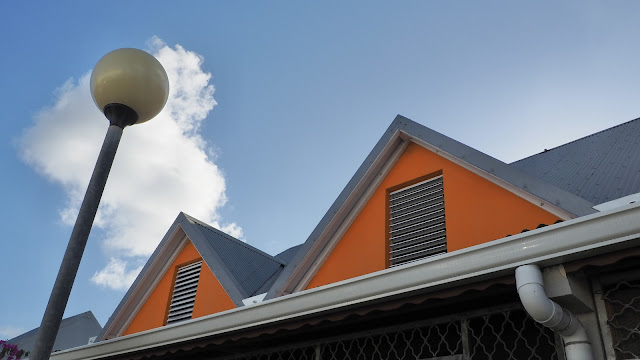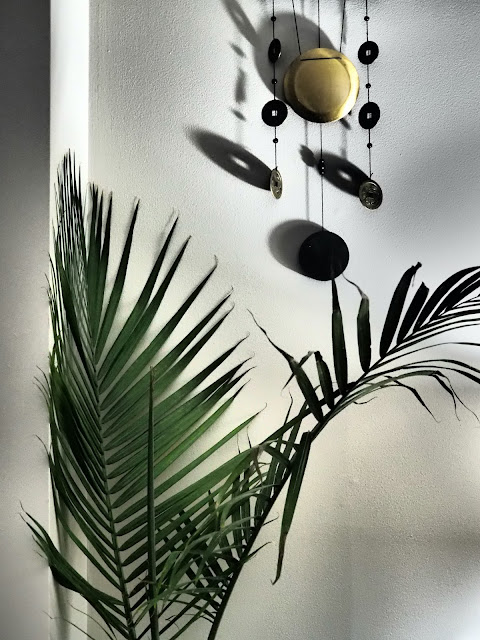In still photography or simply in photography, doing prefocus has been a technique that many of us have adopted to make sure that the subject or part of it that will be sharp and detailed. Even in action photography prefocus has been used to precisely select the position and the specific photographic moment. Today with the huge autofocus system advancement in term of predictability and reliability, only very few of us are still working that way for active subjects.
Prefocus is demanding a good among of anticipation and analyst to get good picture results and it is not surprising that the technique have lost so much ground in popularity because it isn't a spontaneous reactive behavior. It is part of a pre-visualization scheme that will dictate the composition and the photographic taking moment of the picture and the long-time value of the picture is often related to the time and the effort we have consecrated to produce it.
"Auto" Pre-Focus.
With the introduction of the actual and competent camera autofocus system, many if not most photographers are privileging that way to do focus on their subject. It can be done continuously (AF-C) or in a single or stop manner (AF-S). The latter is representing the electronic version of the traditional manually pre-focus method. Single or stop focusing imply that your subject will stay still in terms of position and distance from the photographer. If your main subject is not already in position, the pre-focusing has to be performed on a substitute subject that will be at the same place.
This is not different from the older way to do it manually except the fact of maintaining the shutter release button half-way to prevent the lost of your selected focusing point. To counter this obligation, you can use the memorizing autofocus functionality of the camera that is often coupled with the auto-exposure metering one (AEL/AFL). In that case, most camera model configuration systems allow you to program this function in alternance of focusing and metering or in combination of both. Many systems will ask you to press and maintain pressure this function button in order to keep the focusing point memory or more conveniently to press first to activate and press again to cancel it. Each system has to be learned and can be configured to fulfill your personal preference.
"Manual" Pre-Focus.
Manuel pre-focus and hyperfocal settings have been associated with the analog-film era for several decades of analog photography for doing action, travel, street, journalism, etc. In those times the cameras had to be set manually in regard of their camera shutter speed, their lens aperture and their lens focus point. The most convenient way (and fastest) was to "pre-set" your photo device as much it was possible and be ready to take the picture (although that you were not able in these days to see the picture end result before processing the film). Du of the lack of dynamic range of the analog-film, exposure metering was a tricky business with almost no latitude (less than one stop/EV in many cases). So anticipation was a popular way of doing for the photo takers of the time.

Today only few photographers will not rely on the camera automatic exposure metering system that has a lot of pre-recorded light situation algorithms to compare and analyse the subject and its particular context. Moreover light and color/tone appreciation can be altered automatically via film, filter, scene options already available into the camera ready to be selected by its user. The same apply for the auto-focus system although the camera interpretation of a main subject can differ from the one you decide to privilege. At this point, the photographer can simply override the camera automation and manually focus its lens. It can be done fully from the start or on a final fine tune intervention. Both method are good and accurate as long the user keep a good picture reference with its electronic viewfinder or its live viewing monitor.
Hyperfocal aperture setting is also possible through an appropriate and specific aperture selection but the big problem is that most modern electronic optics have lost their visual aperture reference scale that was showing the distance focusing range as it was engraved on older manual focusing lenses (except now for certain exotics optic providers). But you can still have a ruff appreciation of the deep-of-field by using the camera menu option or the function button designed for this but it can cumbersome to use with. Some lenses such as the wide-angle ones are more prompt to offer you a larger deep of field which is useful for the more contextual photographic subjects.
__________________
The Pre-Focus place in modern digital photography is still important even considering the excellent automated performances of the actual digital cameras. And the todays photographers can be more than simple operator if they want to put their interpretation and their creativity underline and share an original visual experience to his/her other human fellows. It is up to us to put the extra but also valorizing effort and get a better self-appreciation of our work and our pictures.
© Photos Daniel M














